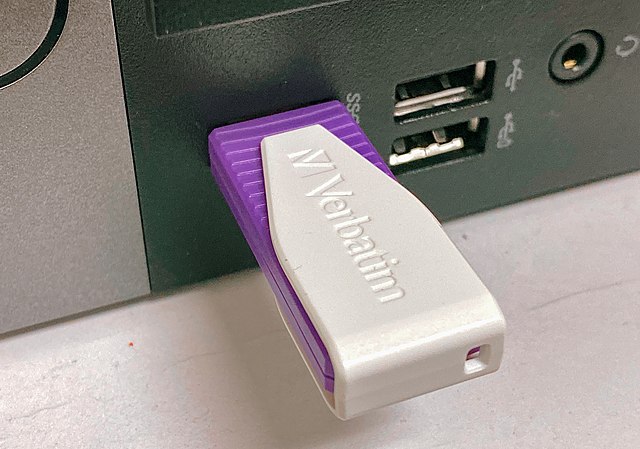
DARPA seeks innovative storage devices and cryptography technology from small businesses
The Defense Advanced Research Projects Agency is seeking proposals for innovative information storage technology and cryptography architectures under the agency’s small business program.
The request is under DARPA’s Small Business Innovation Research and Small Business Technology Transfer programs.
These opportunities will open for proposals on August 26, 2020 and close on September 29, 2020, according to DARPA.
This round of request includes:
“Trust Worthy Information Storage Technology Enhanced Devices (TWISTED)“
“Cryptography for Hyper-scale Architectures in a Robust Internet Of Things (CHARIOT)”
TWISTED investigates approaches to providing more trustworthy detachable solid-state storage devices. TWISTED results will identify commercialization opportunities for a trustworthy memory stick.
Detachable solid-state storage devices, a.k.a. memory sticks, have seen exponential increases in capacity and decreases in cost, with less spectacular but still steady increases in Input/Output data transfer rates. Consumers can obtain thumbnail-sized devices with up to a terabyte of storage.
However, demonstrated risks, ranging from leaks of sensitive data to compromises of firmware on the memory stick, have made these devices a cybersecurity concern for US government agencies.
Two major risks inherent in these devices are:
(1) the lack of protection when outside positive physical control, and
(2) the more arcane, and more technically challenging risks associated with a microcontroller on the memory stick. Software on the microcontroller manages myriad tasks such as presenting the device as a “disk drive”.
The security risk from loss of possession is that even a brief period of uncontrolled access by an attacker allows placement of files on the device. An unwitting user may accidentally execute files. In practice, given showers, sleep, airport security and human error, positive physical control is hard to maintain. Nonetheless, many of these risks can be mitigated with available technologies.
Cryptography for Hyper-scale Architectures in a Robust Internet Of Things (CHARIOT)
CHARIOT will develop new approaches for fast, efficient, and quantumresistant cryptographic operations for Internet of Things (IoT) devices.
The exponential price/performance improvements in semiconductor technology stemming from Moore’s Law are enabling even the smallest and most application-specific devices, such as sensors and actuators, to include networking capabilities.
The overwhelming majority of such devices will be cheap and power-constrained. Low device costs permit deployment in unprecedented numbers, with some estimates as high as a trillion devices, which for CHARIOT DARPA calls “hyper-scale.”
Support for communication amongst such devices in, or using, 5G wireless networks makes them “hyper-connected” and collectively they form what is called an Internet of Things (IoT).
Revolutionary security technologies are needed for IoT devices. The emergence of public-key cryptography, such as the RSA (Rivest-Shamir-Adleman) scheme predicated on the hardness of factoring, used number-theoretic concepts to derive protocols for confidential communications, identity verification with digital signatures, message integrity checking with secure hashing, etc.
A logistical challenge arises, however, as these protocols presume the legitimacy of the public key used. While no universal public key infrastructure (PKI) exists, legitimacy is now “certified” using a sequence of digital signatures starting from a trusted authority such as the Department of Defense.
CHARIOT will prototype low-cost, low-footprint, post-quantum cryptographic techniques with minimal energy use for devices in an IoT. Technical requirements should have their genesis in expected use cases. Vehicle-embedded and wearable uses with a zero-trust networking architecture are of particular interest, e.g., uses within a larger scenario of wearable-equipped passengers entering, traveling in and departing from a vehicle such as a troop carrier or school bus.
CLICK HERE for more information about both efforts.